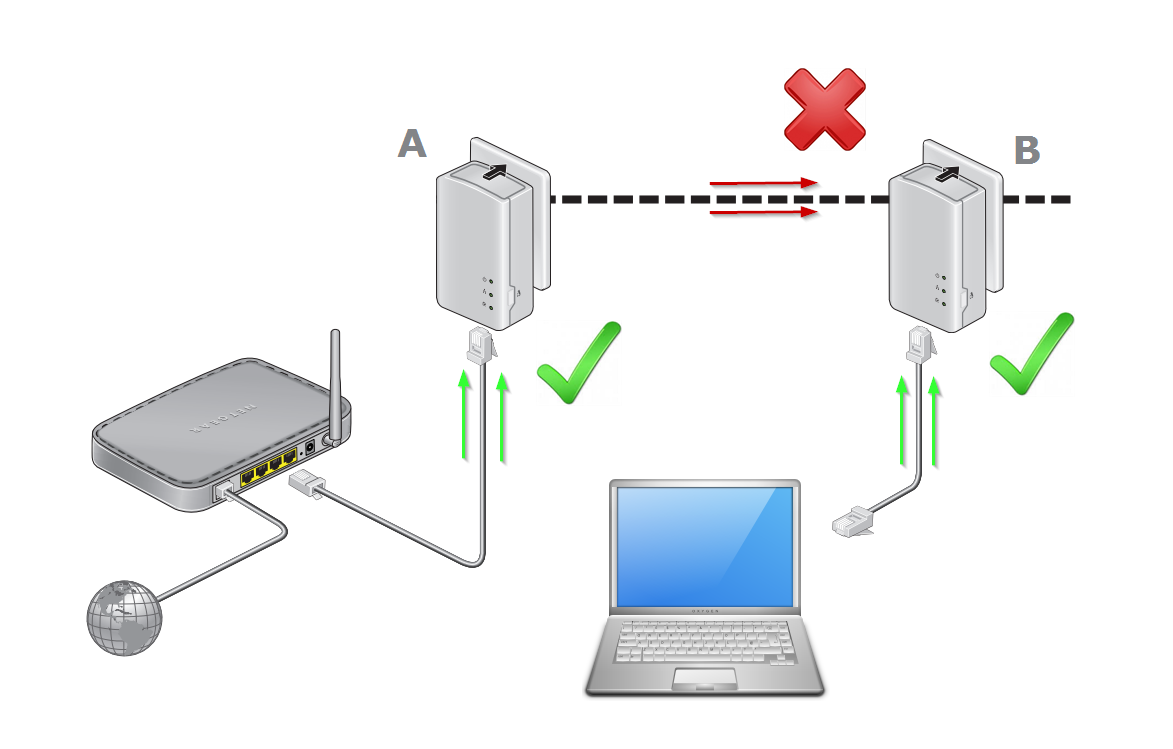In the world of audio and video equipment, the type of cable you choose can have a significant impact on the quality of your signal transmission. Balanced and unbalanced cables are two distinct options, each with its own set of advantages and disadvantages. Understanding the key differences between these cable types is crucial for selecting the right solution for your specific application and ensuring optimal performance.
This comprehensive guide will delve into the intricacies of balanced and unbalanced cables, equipping you with the knowledge to make an informed decision. We’ll explore the technical aspects, practical applications, and real-world scenarios where one type of cable may be preferable over the other.
What are Balanced Cables?
Balanced cables, also known as differential cables, are designed to minimize interference and noise by using two conductors to carry the same signal, but with opposite polarities. This configuration allows the cable to effectively cancel out any external electrical noise or interference that may be picked up along the cable run.
Key Features of Balanced Cables
- Noise Rejection: The balanced design effectively rejects electromagnetic interference (EMI) and radio frequency interference (RFI), resulting in a cleaner signal transmission.
- Longer Cable Runs: Due to their noise-canceling properties, balanced cables can be run over longer distances (up to 300-500 feet or more with high-quality cabling) without significant signal degradation.
- Shielding: Balanced cables typically feature an additional layer of shielding, further enhancing their ability to reject external interference.
Applications of Balanced Cables
Balanced cables are commonly used in professional audio and video applications where signal integrity is paramount, such as:
- Recording studios
- Live sound reinforcement systems
- Broadcast facilities
- High-end home theater setups
What are Unbalanced Cables?
Unbalanced cables, also known as single-ended cables, use a single conductor to carry the signal and a separate ground or shield as a return path. While simpler in design, unbalanced cables are more susceptible to external interference and noise, especially over longer cable runs.
Key Features of Unbalanced Cables
- Simplicity: Unbalanced cables have a simpler construction, typically consisting of a single conductor and a ground or shield.
- Cost-effective: Due to their simpler design, unbalanced cables are generally more affordable than their balanced counterparts.
- Shorter Cable Runs: Unbalanced cables are best suited for shorter cable runs, as longer distances increase the risk of signal degradation and interference.
Applications of Unbalanced Cables
Unbalanced cables are commonly used in consumer-grade audio and video equipment, as well as in applications where signal integrity is less critical or cable runs are relatively short, such as:
- Home stereo systems
- Computer audio setups
- Portable audio equipment
- Analog video connections (e.g., composite, component)
Selecting the Right Cable Type
When choosing between balanced and unbalanced cables, consider the following factors:
- Application: Evaluate the specific requirements of your audio or video setup. Professional or mission-critical applications often benefit from the superior noise rejection and longer cable runs offered by balanced cables.
- Cable Length: For longer cable runs (generally over 25-50 feet), balanced cables are the preferred choice to minimize signal degradation and interference.
- Environment: If your setup is in an environment with high levels of electromagnetic interference (EMI) or radio frequency interference (RFI), balanced cables are better equipped to handle these conditions.
- Budget: While balanced cables typically come with a higher price tag, the investment may be justified for applications where signal integrity is crucial.
It’s important to note that while balanced cables offer superior noise rejection and longer cable runs, they may not be necessary for all applications. In some cases, high-quality unbalanced cables can provide satisfactory performance, especially for shorter cable runs in relatively noise-free environments.
Real-World Examples and Personal Insights
From my personal experience working with both balanced and unbalanced setups, I’ve encountered scenarios where the choice of cable type made a significant difference in overall audio and video quality.
In one instance, I was setting up a live sound reinforcement system for a outdoor concert venue. Due to the long cable runs required and the potential for interference from nearby electrical equipment, I opted for balanced cables throughout the signal chain. The result was a crystal-clear audio signal, free from any unwanted noise or interference, even in a challenging environment.
On the other hand, when setting up a home theater system in a relatively noise-free environment, I found that high-quality unbalanced cables were sufficient for most connections, especially for shorter runs between components. This allowed me to achieve excellent audio and video quality while keeping costs in check.
It’s important to note that while balanced cables offer superior noise rejection and longer cable runs, they may not be necessary for all applications. In some cases, high-quality unbalanced cables can provide satisfactory performance, especially for shorter cable runs in relatively noise-free environments.
Conclusion
Choosing between balanced and unbalanced cables ultimately comes down to understanding your specific requirements and prioritizing signal integrity, cable length, and environmental factors. By considering the key differences outlined in this guide, you can make an informed decision that ensures optimal performance and value for your audio or video setup.
Remember, at 800908.com, we pride ourselves on being an authoritative resource in the cables and accessories market. Our team of experts is always available to provide personalized guidance and recommendations tailored to your unique needs.







